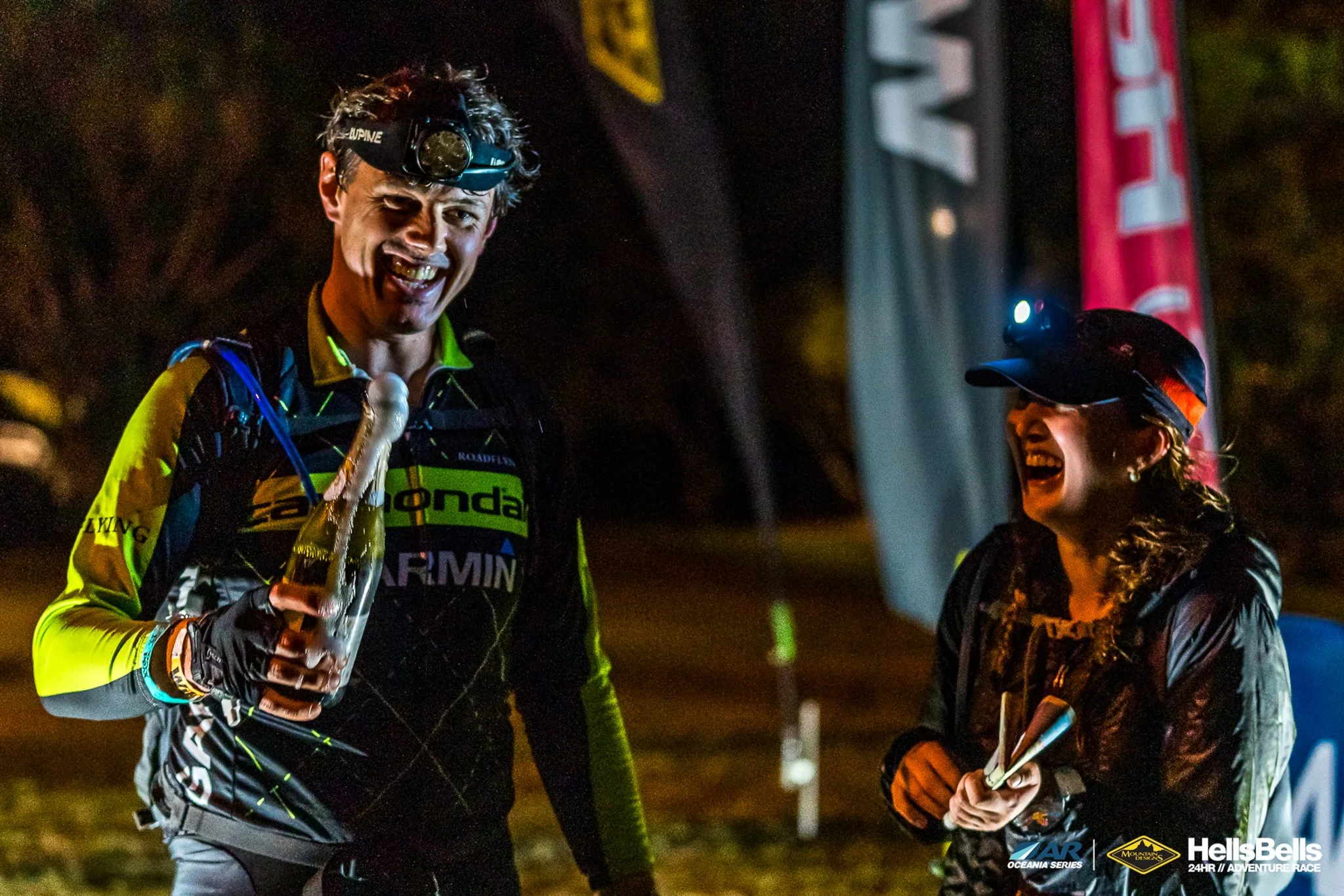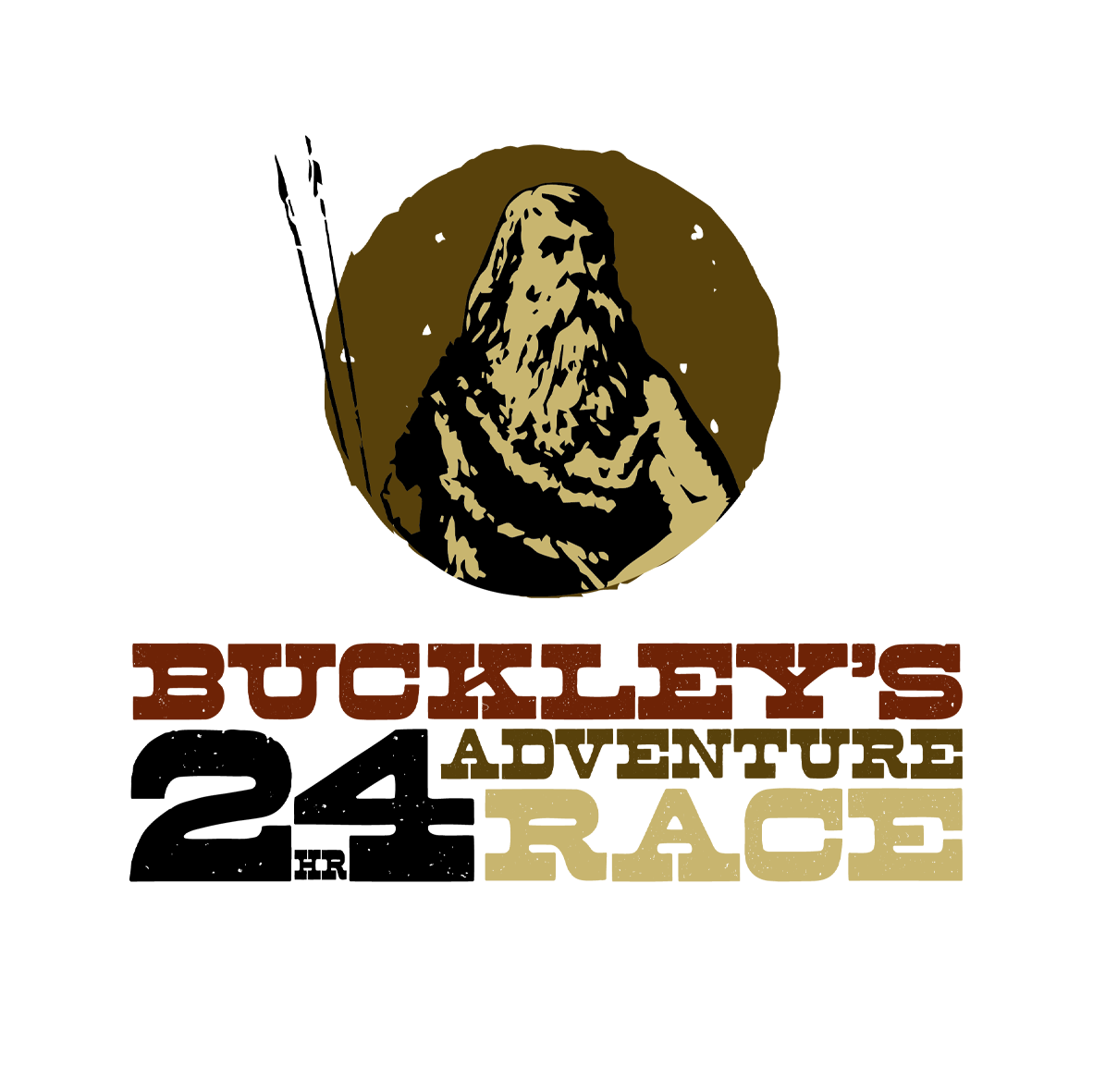Team ‘Adventure Racing Maniacs’ – they swear they never train.
Training for Your First Adventure Race: Practical Tips Inspired by Half Ironman Programs
So, you’ve run a few marathons, maybe tackled an ultra, or knocked off a triathlon or two—and now adventure racing has caught your eye. You’re already training most days and have a strong fitness base, but you want to do more than just “get through it.” You want to feel prepared, confident, and capable of enjoying every muddy, wild, and epic moment.
This is where intermediate-level adventure race training comes in. You don’t need to reinvent your training from scratch, but you do need to adapt your endurance background to the unique demands of adventure racing. Think: long days on your feet, switching between sports, navigating off-road, and working as part of a team.
One of the smartest blueprints? A Half Ironman triathlon training program. These programs are designed for people who already train regularly, blending endurance, strength, and discipline-specific skills. With a little tweaking, they translate beautifully into adventure race prep. Here’s how.
1. Build Your Endurance Base
Half Ironman principle: Long, steady sessions build aerobic fitness.
Adventure race adaptation: Prioritize long runs, rides, and paddles in varied terrain. Since you already have a strong base, focus on time on feet (or wheels or water) in conditions that mimic race day—hills, trails, and uneven ground.
Tip: Swap one long road ride for a 3–4 hr mountain bike, and one long road run for a technical trail run with your race pack.
2. Practice “Brick” Workouts
Half Ironman principle: Triathletes stack disciplines (bike → run) to train transitions.
Adventure race adaptation: You’ll switch sports constantly in an adventure race. Practice bricks like run → bike, paddle → trek, or bike → run with a pack. This teaches your body and mind to handle the change without falling apart.
Tip: Start with short bricks (e.g., 90 min MTB + 30 min trail run) and extend them. Add in gear changes (helmet, PFD, pack) for realism.
3. Train Your Navigation Brain
Half Ironman principle: Tri courses are fixed—you just follow the route.
Adventure race adaptation: Adventure racing is unpredictable—you’ll be handed a map on race morning. Make navigation a core part of your training. Do sessions where you plan your route, practice bearings, and make decisions while fatigued.
Tip: Mid-long run, stop, take a bearing, and find a new trail. It builds “thinking under pressure.”
4. Strength and Durability
Half Ironman principle: Strength supports injury prevention.
Adventure race adaptation: You’ll haul packs, climb fences, push bikes, and paddle for hours. Prioritize functional strength: core, glutes, shoulders, and grip.
Tip: Twice weekly: step-ups, single-leg squats, planks, pull-ups, and shoulder band work. Think “carry, push, pull” as much as “lift.”
5. Train With Your Team
Half Ironman principle: Training is mostly solo.
Adventure race adaptation: Your race success depends on teamwork. Train with your mates to practice pacing, communication, and mental toughness together.
Tip: Do one team session per week. Practice towing with a bungee, sharing food/water, or rotating leaders during trail runs or bike rides.
6. Practice Race Nutrition & Gear
Half Ironman principle: Nutrition is rehearsed.
Adventure race adaptation: Same rules—but you’ll carry food, eat on the move, and deal with uncertainty. Practice eating real food alongside gels, and test your pack, shoes, and hydration system during long sessions.
Tip: On a 4–6 hr weekend session, eat and drink exactly as you plan to in the race. Train your gut, not just your legs.
Sample Week (Intermediate Adventure Race Training)
Mon – Strength + Mobility (45 min)
Tue – Brick: 90 min MTB + 30 min trail run
Wed – Paddle skills + Strength (60 min on water + 30 min gym)
Thu – Intervals: 6 × 5 min trail run @ hard effort
Fri – Rest or light recovery (walk/yoga)
Sat – Long endurance (4–6 hrs MTB + trek with nav practice)
Sun – Team session (2–3 hrs paddle, ride, or mixed session with teammates)
The Takeaway
If you’re already an endurance athlete, you don’t need to start over—you need to adapt. By borrowing the structure of a Half Ironman plan and tailoring it for trails, maps, and teamwork, you’ll build the endurance, toughness, and adaptability that adventure racing demands. With the right balance of fitness, skills, and fun, you’ll be ready to take on the mud, mountains, and mystery checkpoints—and cross the line with your team smiling.
← Back to Training Guide
References
Friel, J. (2015). The Triathlete’s Training Bible. VeloPress.
Seiler, S. (2010). What is best practice for training intensity and duration distribution in endurance athletes? International Journal of Sports Physiology and Performance, 5(3), 276–291.
Fitzgerald, M. (2016). 80/20 Triathlon. Da Capo Lifelong Books.
Millet, G. P., & Bentley, D. J. (2004). Physiological characteristics of elite triathletes. Sports Medicine, 34(7), 444–459.
Knechtle, B., & Nikolaidis, P. T. (2018). Physiology and pathophysiology in ultra-marathon running. Frontiers in Physiology, 9, 634.
Zaryski, C., & Smith, D. J. (2005). Training principles and issues for ultra-endurance athletes. Current Sports Medicine Reports, 4(3), 165–170.








